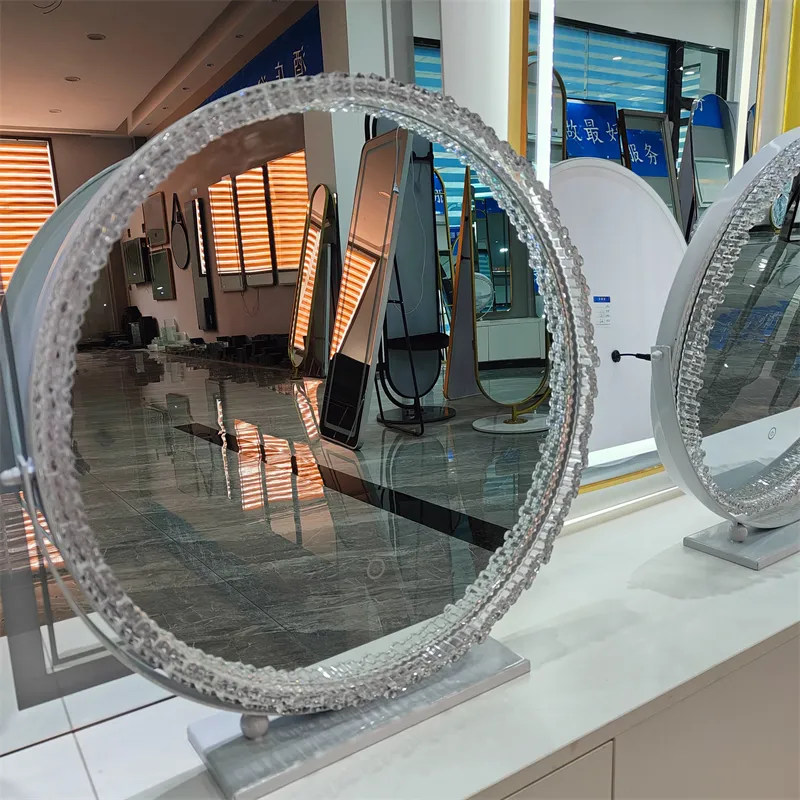Dec . 04, 2024 18:15 Back to list
what are low emissivity windows
Understanding Low Emissivity Windows Enhancing Energy Efficiency and Comfort
In today's world, energy efficiency has become a paramount concern for homeowners, businesses, and environmental advocates alike. Among various innovations that contribute to reducing energy consumption in buildings, low emissivity (low-E) windows stand out as a significant advancement. These windows are designed to optimize thermal performance while allowing natural light to enter, making them a crucial element in modern architecture.
What Are Low Emissivity Windows?
Low emissivity windows are specially coated glass products that significantly reduce the amount of heat transfer between the inside and outside of a building. The term emissivity refers to the ability of a material to emit energy as thermal radiation. Low-E coatings are microscopically thin layers of metal or metal oxide applied to the glass surface. These coatings have a high reflectivity for infrared light, which is the part of the light spectrum that contributes to heat transfer. As a result, low-E windows can effectively reduce heat loss during winter and minimize heat gain during summer, promoting a more stable indoor climate.
Types of Low-E Coatings
There are two main types of low-E coatings hard-coat and soft-coat. Hard-coat low-E glass is produced through a process that involves heating and fusing the coating to the glass surface, making it durable and suitable for single-pane applications. This type of coating is usually more reflective and better suited for climates where heat gain is a consideration.
On the other hand, soft-coat low-E glass is manufactured in a vacuum and demonstrates superior performance in terms of thermal insulation. These coatings are often used in double or triple-glazed windows, where the air or argon gas between the panes enhances their energy efficiency. While soft coatings are more effective, they are also more susceptible to scratching and typically need to be used in protected environments.
Benefits of Low Emissivity Windows
what are low emissivity windows

1. Energy Efficiency One of the most significant advantages of low-E windows is their ability to reduce energy costs. By minimizing heat transfer, these windows can help maintain comfortable indoor temperatures without over-reliance on heating and cooling systems. Homeowners can expect substantial savings on their energy bills over time, making low-E windows a worthwhile investment.
2. UV Protection Low-E coatings also provide an additional benefit – they block up to 99% of harmful ultraviolet (UV) rays from the sun. This protection helps in preserving furniture, flooring, and artwork from fading due to prolonged exposure to sunlight, thereby extending their lifespan and saving replacement costs.
3. Improved Comfort With better thermal regulation, occupants can enjoy a more comfortable living or working environment. By reducing cold drafts in winter and excessive heat in summer, low-E windows contribute to an overall enhanced experience indoors.
4. Environmental Impact By promoting energy efficiency, low-E windows can also play a role in reducing the carbon footprint of a building. Using less energy contributes to lower greenhouse gas emissions and helps combat climate change. For environmentally-conscious consumers and builders, this feature is increasingly vital.
5. Aesthetic Appeal Low-E windows come in various styles and designs, ensuring that aesthetic considerations are not sacrificed for functionality. Homeowners can choose windows that match their architecture while benefiting from enhanced energy performance.
Conclusion
In summary, low emissivity windows represent a critical innovation in the field of architectural design and energy efficiency. Their ability to reduce heat transfer, protect against UV rays, and enhance indoor comfort makes them an attractive option for anyone looking to improve their home or building's performance. As energy efficiency becomes increasingly important in our efforts to address environmental challenges, low-E windows will undoubtedly play a vital role in shaping the future of sustainable living. Whether building a new property or renovating an existing one, integrating low-E windows can greatly contribute to a more energy-efficient, comfortable, and eco-friendly environment.
-
Safety and Style with Premium Laminated Glass Solutions
NewsJun.24,2025
-
Reinvents Security with Premium Wired Glass
NewsJun.24,2025
-
Premium Float Glass Line for Modern Architecture
NewsJun.24,2025
-
Low Emissivity Glass for Energy-Efficient Architecture
NewsJun.24,2025
-
High-Performance Insulated Glass Solutions for Modern Architecture
NewsJun.24,2025
-
Elevates Interior Style with Premium Silver Mirror
NewsJun.24,2025
Related PRODUCTS














